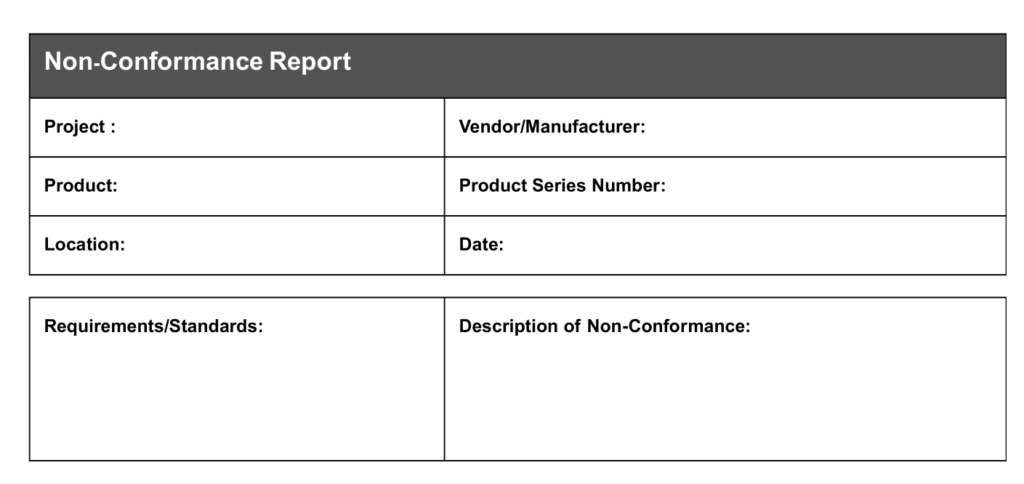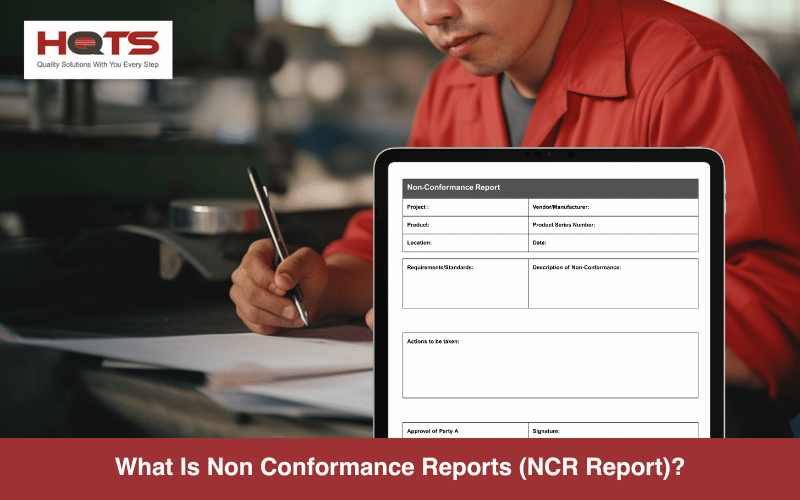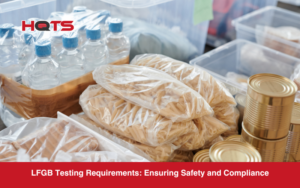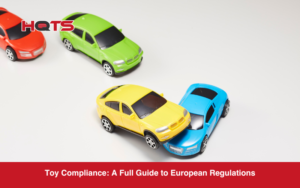During third-party inspections, you may come across a document called the non-conformance report which, as the name suggests, details any non-conformances discovered during the inspection. This article will provide you with the basics you need to know about non-conformance reports
What Is a Non-Conformance Report (NCR Report)?
A Non-Conformance Report, or NCR Report, is a critical document that highlights deviations from specified standards or requirements. It enables a detailed analysis and audit of the non-conformity, ensuring that the issues are addressed and resolved, and all parties are informed.
Third-party inspection firms, like ours at HQTS, employ NCR Reports when identifying substantial deviations during inspections. Once the report is generated and endorsed by the supplier, it is forwarded to the client to ensure complete transparency.
When Can an NCR be Issued?
There may be many cases when an NCR report is issued, below is a few nonconformity examples:
- Material Non-conformances: Documenting concerns about the quality of materials used in manufacturing, such as issues like substandard materials or incorrect specifications.
- Safety Concerns: Identification of items posing safety risks due to design flaws, structural issues, or other factors jeopardising user safety.
- Regulatory Violations: Instances where inspected products or processes violate applicable regulatory standards.
- Supplier Compliance Issues: Non-adherence by the supplier to agreed-upon standards.
- Non-compliance with Quality Standards/Requirements: Products, processes, or systems failing to meet stipulated quality standards or comply with regulations.
What are the Levels of Non-Conformity?
Non-Conformance Reports in Quality Management are often categorised by the level of severity, ranging from minor to major and critical.
- Minor Non-Conformity: Minor non conformities may not have an immediate impact on the functionality, but they still represent a potential risk that needs to be addressed to prevent future problems
- Major Non-Conformity: These non conformities are likely to jeopardise the product’s ability to fulfil its function.
- Critical Non-Conformity: Non conformities that pose the most significant risk, as they can lead to hazardous or unsafe conditions, making them the highest priority to rectify.
You can read more about the level of severity here.
What Is Included in a Non Conformance Report?
Typically, an NCR includes details such as:
- Details about the non-conformance, specifying what went wrong and where it occurred.
- Severity of the issue.
- Immediate actions taken to contain the problem.
Moreover, the NCR contains essential information, including:
- Name of the Vendor/Manufacturers.
- Product Name and Product Series Number.
- Date and Location.
- Standards & Requirements.
- Explanation of the Defect.
Lastly, signatures from both the third party and the vendor/manufacturer solidify the acknowledgment and understanding of the reported non-conformity.

Image: Example of a sample of non conformity report (a section of the report).
Conclusion: Non Conformance Report (NCR Report)
A Non Conformance Report (NCR Report) is a crucial document that identifies deviations from specified standards or requirements. These reports are frequently used by third-party inspection firms to detect substantial deviations during inspections, highlighting issues such as material non-conformance, safety hazards, regulatory violations, non-compliance with quality standards, and others.
As a leading third-party inspection company in Asia, we possess decades of experience inspecting goods, ranging from consumer to industrial products. If you’re interested in learning more about our non-conformity reports, do not hesitate to contact us. Additionally, we regularly post our inspection reports in our technical resources section, allowing you to view our sample inspection reports.




